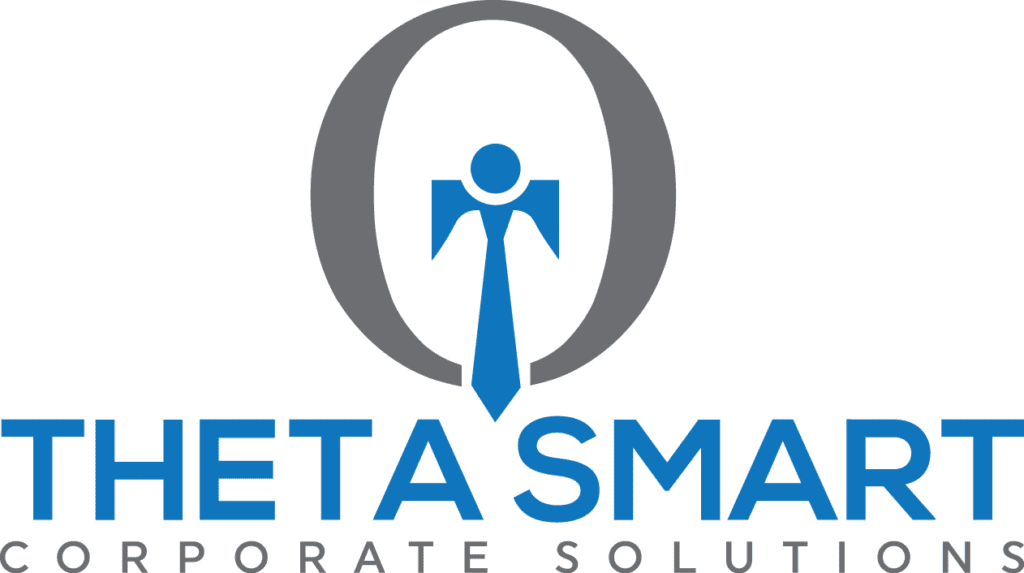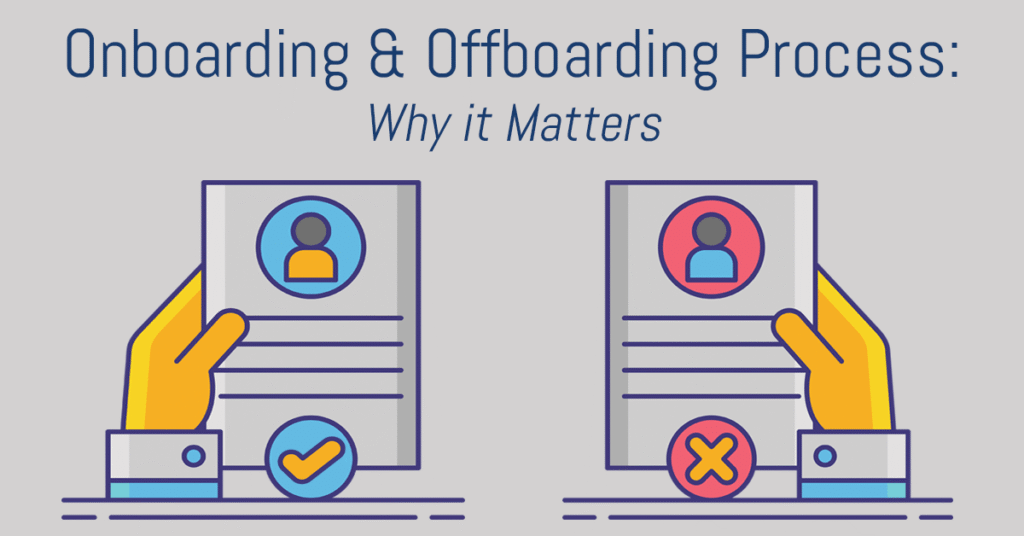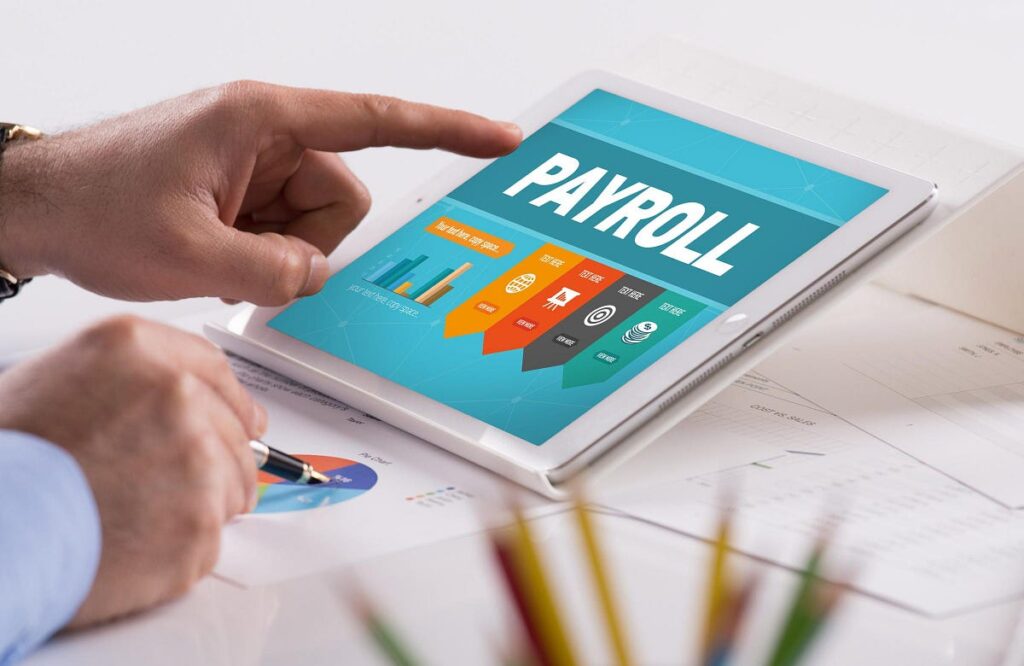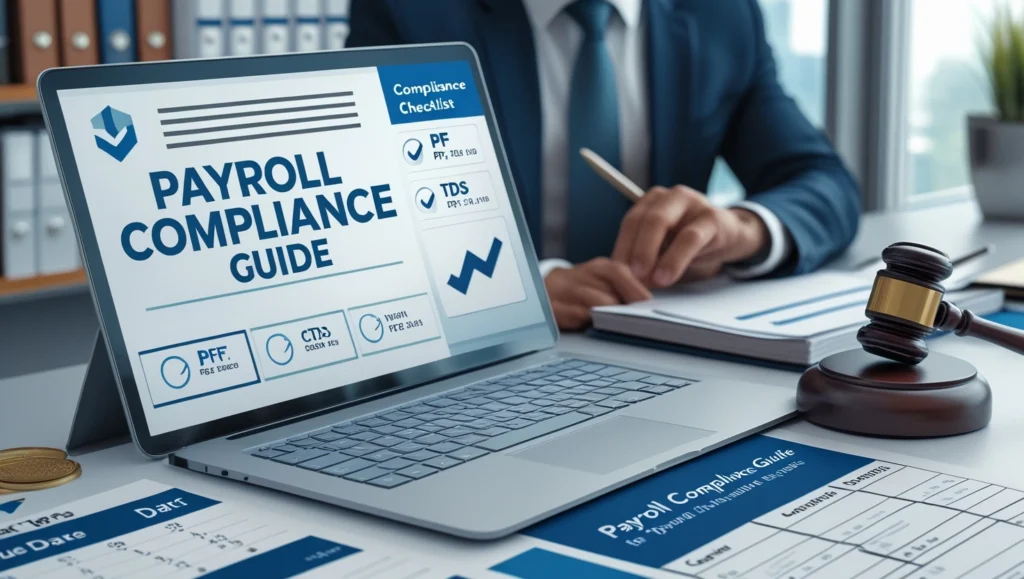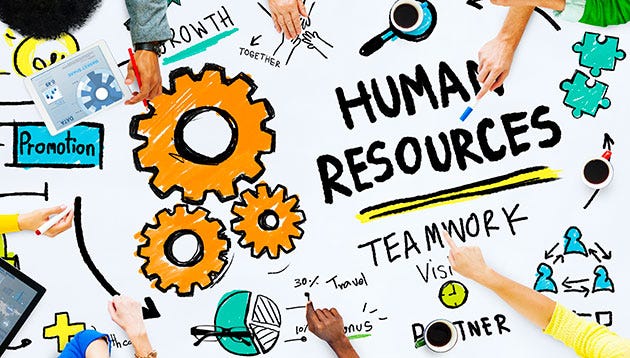Have you noticed why some companies effortlessly bring in new hires while others face constant problems when employees leave? The secret lies in well-organized employee onboarding processes and smooth offboarding procedures. In today’s fast-paced work world, a strong onboarding and offboarding plan is key for both happy employees and business success. This post will give you essential checklists to transform your HR operations, ensuring a smooth transition for everyone who joins or leaves your team.
What is the Importance of a Structured Onboarding Process?
Onboarding is more than just paperwork. It’s the critical first impression a new employee gets of your company. A well-done employee onboarding process can greatly improve how long employees stay and how much they produce. It helps new hires feel welcome, understand their roles, and quickly become productive team members. Without a clear plan, new employees might feel lost, disconnected and less likely to stay with your company.
A good onboarding process goes beyond the first day, lasting several weeks or even months. It includes everything from introducing company culture to providing necessary training and setting clear expectations. Good onboarding builds a sense of belonging and helps new employees contribute right away.
Key Elements of an Effective Onboarding Checklist
Making a detailed onboarding checklist is super important for Human Resource success. This list makes sure no key step is missed and that new employees have a consistent experience. Here are some vital parts to include.
Before the First Day
- Send a welcome packet with company info, mission and values.
- Prepare their workspace, including computers, software and needed gear.
- Set up all required accounts and access (email, internal systems, etc.).
- Schedule first meetings with their manager, team and key people.
- Assign a mentor to help the new hire settle in.
First Day and First Week
- Give a warm welcome and an office tour.
- Complete all necessary HR paperwork (like I-9, W-4, direct deposit).
- Provide an overview of company rules, benefits and the employee handbook.
- Introduce the new hire to their team and explain their first duties.
- Set short-term goals and give initial training on main tools and processes.
First Month and Beyond
- Schedule regular meet-ups with the manager to discuss concerns.
- Provide ongoing training and ways to grow.
- Encourage joining team meetings and company events.
- Get feedback from the new employee on their onboarding experience.
- Review performance and set long-term goals.
Why is a Robust Offboarding Process Equally Important?
While onboarding focuses on bringing in new talent, offboarding manages the departure of departing employees. Many companies unfortunately ignore how important a structured offboarding process is, seeing it as just paperwork. A well-managed offboarding experience is vital for keeping a good employer brand, ensuring security measures are followed and transferring knowledge. A smooth offboarding can turn a leaving employee into a supporter of your company.
Essential Components of an Offboarding Checklist
A thorough offboarding checklist ensures a systematic and secure departure. Here are key things to include.
Notification and Planning
- Confirm the resignation and the last day of work.
- Tell relevant teams internally about the departure.
- Plan for knowledge transfer and reassign duties.
- Start talks about final paychecks, benefits etc.
Security and Asset Retrieval
- Take away access to all company systems, software and physical places.
- Collect all company property, including laptops, phones, badges and keys.
- Make sure all data is backed up and moved correctly.
- Change passwords for shared accounts if the leaving employee has access.
- Review and update security measures because of the employee’s departure.
Exit Interview and Feedback
- Do an exit interview to get valuable feedback on their experience, why they’re leaving and ideas for improvement.
- Keep a positive and respectful tone during the exit interview.
- Explain how they’ll get their final pay and benefit info.
Post-Offboarding
- Update company charts and contact lists.
- Store employee records as required by law.
- Make sure all legal rules are met.
- Send a thank-you note and good wishes for their future.
How Can HR Software Enhance Onboarding and Offboarding?
Managing both onboarding and offboarding by hand can take much time and lead to mistakes. This is where dedicated HR software and special onboarding and offboarding software can make a big difference. These tools automate tasks, centralize information and ensure compliance.
For example, onboarding and offboarding software can simplify sending offer letters, automate background checks, manage e-signatures for documents and even schedule training. For offboarding, such software can automatically remove system access, create exit interview surveys and track asset collection. Using these tools greatly reduces administrative work, improves efficiency and makes the whole experience better for both employees and HR pros.
Conclusion
Both the employee onboarding process and the offboarding process are crucial steps in an employee’s time with your company. Spending time and money on creating detailed checklists and using technology like HR software and onboarding and offboarding software can bring big benefits. From keeping employees longer and boosting productivity to better security measures and a strong employer brand, a smooth transition is possible for every employee’s journey. By considering these key HR tasks, companies can build a more engaged workforce and ensure long-term success. At Theta Smart Staffing Agency, we provide all types of staffing services for all businesses, companies and warehouses.
